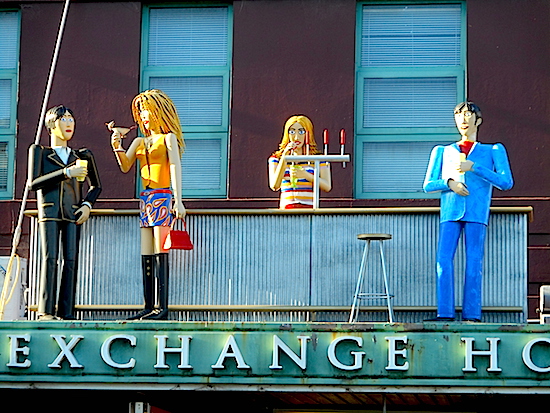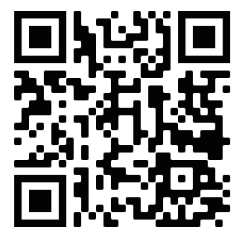Search
Recent comments
- 2 states.....
58 min 28 sec ago - pits...
1 hour 36 min ago - jared's....
10 hours 8 min ago - domestics....
13 hours 42 min ago - straw bill....
14 hours 1 min ago - yuck...
14 hours 34 min ago - just peace....
22 hours 51 min ago - a bet....
23 hours 8 min ago - new course....
23 hours 13 min ago - sharing....
1 day 5 hours ago
Democracy Links
Member's Off-site Blogs
customers love it...
 customers...
customers...
"Our customers love it," says Michael Schatzberg, the co-founder of a US restaurant group.
He is talking about using QR codes (quick response codes), a technology from the 1990s, which is proving to be very useful in the Covid era.
Many restaurants have turned to the tech, which allows customers to see a menu, order and pay just by pointing their smartphone at the black, barcode-like squares.
"They don't have to wait. They can just pay and leave without asking for the bill," says Mr Schatzberg, whose restaurants include Duke's and Big Daddy's in New York.
QR codes were invented in Japan in the mid-90s to track components in car production.
They can hold a massive amount of data compared to standard barcodes - up to 2,500 numeric characters compared to a barcode's 43.
That means really useful information, including names, locations and website addresses can all be reliably and cheaply held in one small box.
And reports say that Apple could be giving the format an upgrade with dots, circles and colours, instead of the current blocks.
QR codes are enjoying their moment in the spotlight thanks to their ability to connect the digital world to the physical.
Since the outbreak of the pandemic, many pubs and restaurants moved quickly to install QR code systems.
"We saw how five years of a future technology was accelerating at a pace of five months," says Mr Schatzberg.
Pharmacies are also using QR codes. In the US, CVS is offering touch-free payments through a partnership with PayPal and Venmo at 8,200 stores.
The code is scanned during checkout, and customers simply open either the PayPal or Venmo mobile app and click the "Scan" button, then select the "Show to pay" option. Customers need to be PayPal or Venmo users, or they can pay using their debit and credit cards, or bank accounts.
The QR code checkout process pulls funds needed for the purchase from the customer's PayPal or Venmo account balance, bank account or from a debit or credit card, in a similar way to an online transaction.
Several start-ups are using the QR code for retail storefronts. Stockholm-based Ombori invented its Grid technology, which allows retailers to have a digital screen displaying QR codes, and offers passers-by the opportunity to purchase items right from the street after viewing photos and videos of them.
The system is used by firms in more than 24 countries, including clothes store H&M, Danish furniture chain BoConcept and hotel group Radisson Blu.
Andreas Hassellhof, founder and chief executive of Ombori, argues it is a good way for retailers to create extra online relationships with customers.
Read more:
https://www.bbc.com/news/business-55579480
Below is the QR code for this site (made about a year ago). Drag it on your desktop and print copies on adhesive paper. Stick them around town on allowed spots....

- By Gus Leonisky at 23 Jan 2021 - 6:54am
- Gus Leonisky's blog
- Login or register to post comments
timing...
Note: due to automated security upate, this site is possibly not available between GMT 20:00 and GMT 20:20 (7:00-7:20 AM Sydney time).